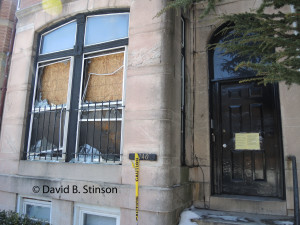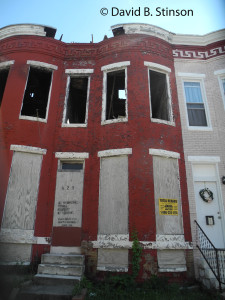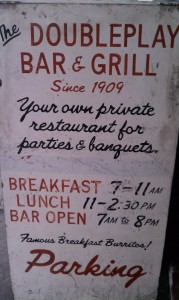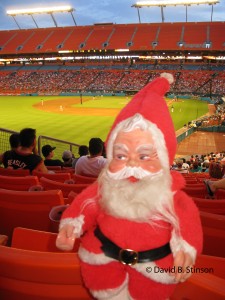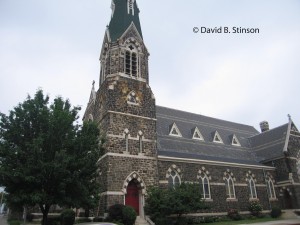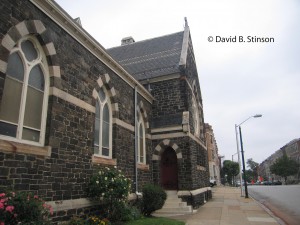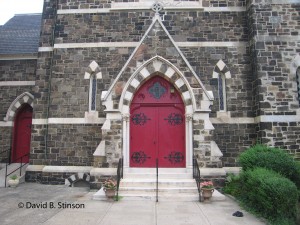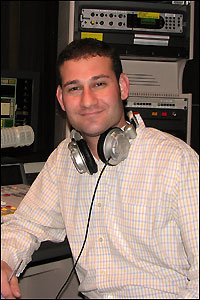Chances are most people who live in the 2700 block of St. Paul Street in Baltimore, Maryland, have no idea that the two houses on their block that caught on fire on February 7th were once owned by two future baseball Hall of Famers, John McGraw and Wilbert Robinson.

2700 Block of St. Paul Street in Baltimore, Maryland. Where Wilbert Robinson and John McGraw Once Lived
McGraw and Robinson lived next door to each other at 2738 (McGraw) and 2740 (Robinson) St. Paul Street.

2738 and 2740 St. Paul Street, Baltimore, Maryland. Where John McGraw and Wilbert Robinson Once Lived
Both McGraw and Robinson played for the world champion Baltimore Orioles of the 1890s, when the team was a National League affiliate.Both players also were partners in the Diamond Cafe, located just two miles south of their homes, at 519 Howard Street in Baltimore. The Diamond is considered one of the first sports bar in the country.

Baltimore Orioles, 1897, John McGraw, at bottom left (laying down) and Wilbert Robinson, second row, third from right
Robertson bought his house at 2738 St. Paul Street in 1898. McGraw bought the adjoining house at 2740 that same year. Robinson lived in the house with his wife and children. McGraw lived next door with his first wife, the former Minnie Doyle, and McGraw’s brother Mike. See The Real McGraw, by Mrs. John J. McGraw (p 112), The houses were located only two blocks north and four blocks east of the Orioles home ballpark, Union Park.

Rear of Row Houses at 2740 and 2738 St. Paul Street, Baltimore, Maryland. Former Homes of Wilbert Robinson and John McGraw.
On February 7, 2015, a fire broke out in one of the homes and quickly spread to the other. Five people, including two children were injured in the blaze, although none appeared to be life threatening. Robertson’s home at 2740 St. Paul Street sustained the bulk of the damage. All of its front windows have been boarded up and the city has condemned the property because of the damage.
Hopefully both buildings can be saved and restored. Although neither house is listed on any historic register, they should be given their connection to two Baltimore’s greatest baseball players.
Several other homes of former National League Orioles Hall of Famers still stand in Baltimore City. These include Joe Kelley’s former home at 530 East 22nd Street, which is located next to St. Ann’s Catholic Church, where John McGraw married his second wife Blanche Sindall, on January 8, 1902.

530 E 22nd Street, Baltimore, Maryland (three story tan brick row house). Former Home of Hall of Famer Joe Kelley
A former boarding house where John McGraw and Hughie Jennings both lived also still stands, at 12 West 24th Street (just six blocks west of Union Park’s former site).

Former Boarding House at 12 West 24th Street , Baltimore, Maryland, Where John McGraw and Hughie Jennings Once Roomed
Another house where Jennings once lived also still stands, but just barely, at 529 East 23rd Street.
As Joni Mitchell once famously sang, “you don’t know what you’ve got ’till it’s gone.”

Former Orioles and Baseball Hall of Famers Willie Keeler, John McGraw, Joe Kelley, and Hughie Jennings
The past, as seen through these buildings, is with us today. Like Al Kaline’s boyhood home, these buildings are an important part of Baltimore’s history. They should be preserved and their history celebrated. Unfortunately, the passage of time and a lack of vision have a way of allowing structures like these to slip away.
Thanks to local Baltimore baseball historian Ken Mars for contacting me about the fire.



